ISSN ONLINE(2319-8753)PRINT(2347-6710)
ISSN ONLINE(2319-8753)PRINT(2347-6710)
| Emerole Kelechi, Imhomoh Linus and Iwuamadi Obioma Assistant Lecturer, Department of Electrical and Electronics Engineering, Federal Polytechnic Nekede, Owerri, Imo State Nigeria |
| Related article at Pubmed, Scholar Google |
Visit for more related articles at International Journal of Innovative Research in Science, Engineering and Technology
Network visualization paints a vivid picture of a virtual network using images. This enables a comprehensive study of network functions and its operational characteristics. In this paper we introduce this concept and the steps needed not only to define it but to apply it to virtual laboratories for distance learning and wireless networks. Network Visualization is recommended for Network Administrators because it provides the necessary tools for analyzing and troubleshooting a network.
Keywords |
| Visualization Design Mode, Network construction, Network simulation, Wireless Access point, Wireless Topologies |
INTRODUCTION |
| Network Visualization means offering network design and construction in a graphical manner with images and animations to go with[1]. Users can see network functions and make inferences. Simulation is key Network Visualization and an instance of such a tool is the Cisco Packet tracer. The General and Specific steps is shown in Fig 1 and Fig2 |
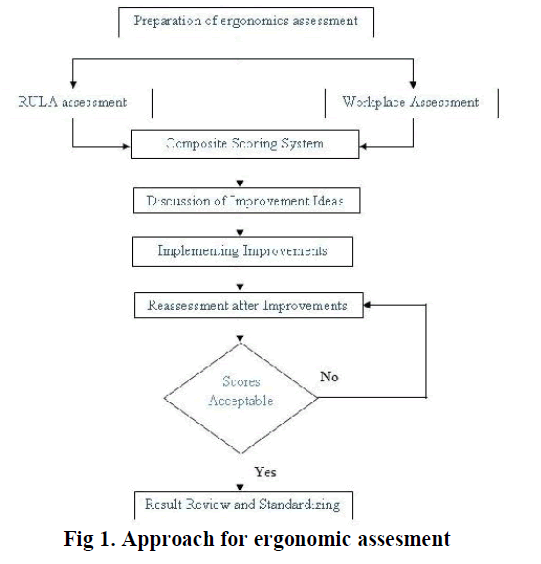 |
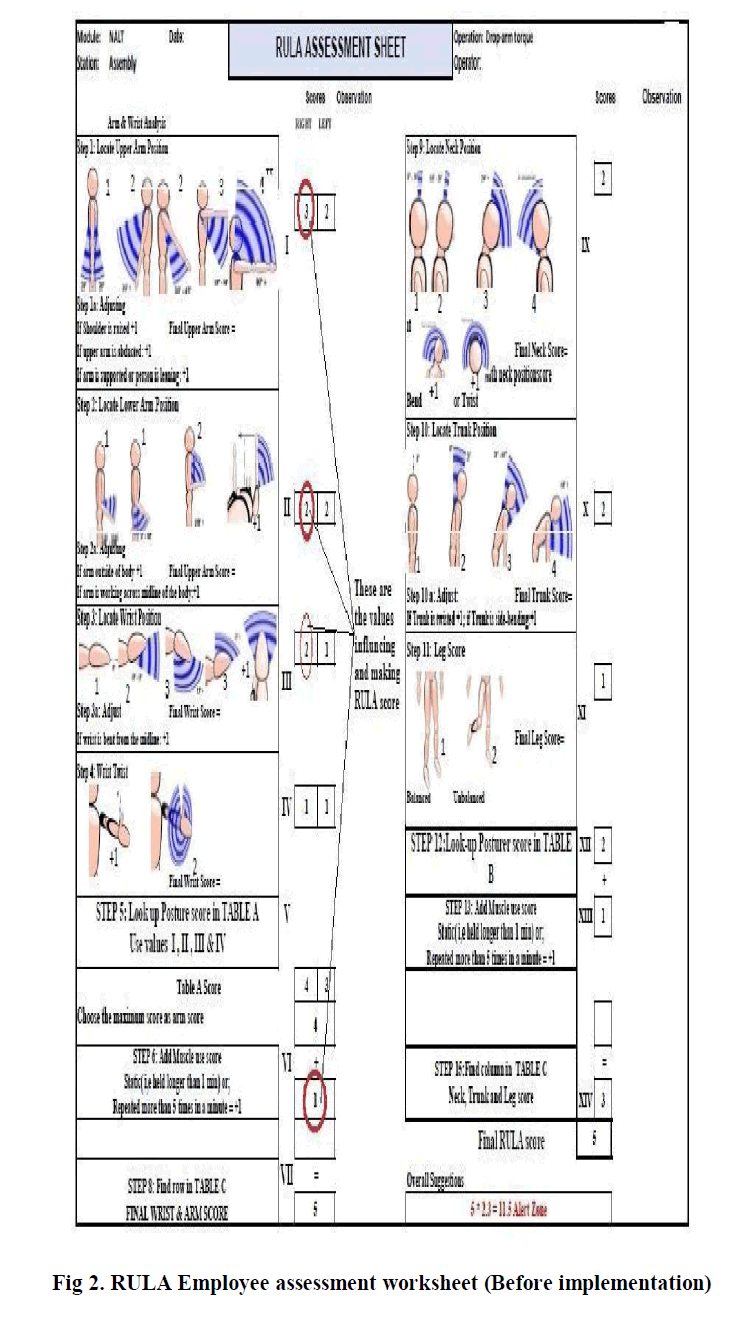 |
VISUAL DESIGN |
| In this section we give several aspects of this concept |
| 1. Visual Design in Networking Equipment: Packet tracer has an array of network devices for network design as shown in fig 3 and simulation. The devices can be dragged from the pane and dropped on the workspace[3]. The software offers users opportunity to see these devices and make proper analysis of their operation. |
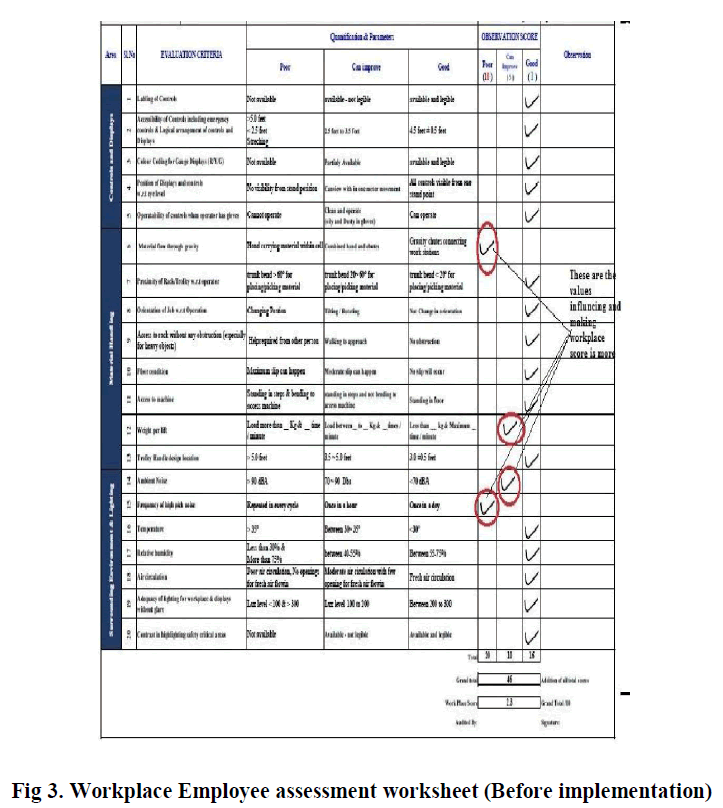 |
| 2. Visual Design in Network construction: The network devices can be connected using several cable options to form different network designs supporting different protocols. These designs can be visualized [3]. A simple network is shown |
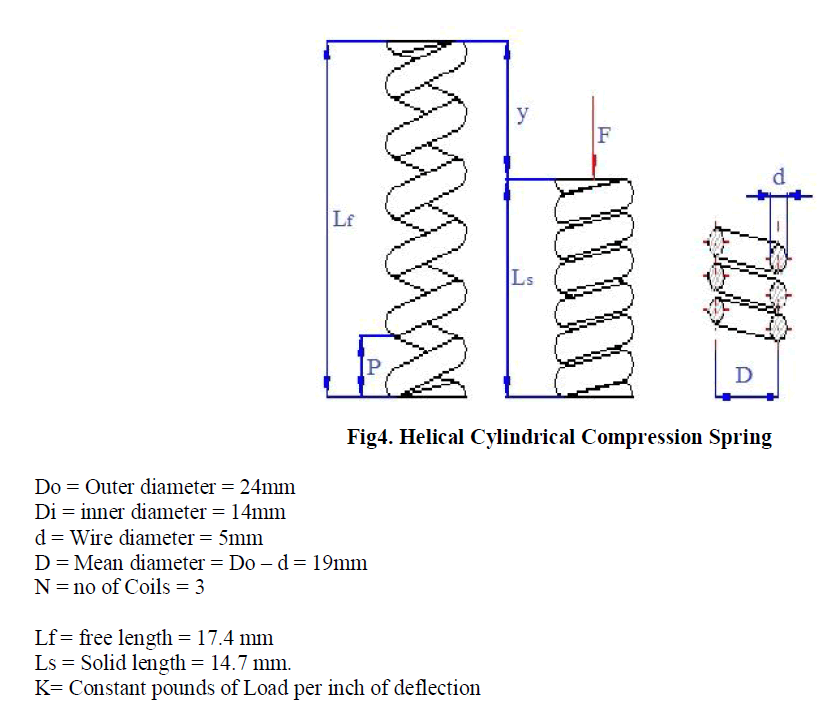 |
APPLICATION TO DISTANCE LEARNING NETWORKS |
| It is imperative that the right tool employed for this purpose and the beneficiaries are in tune with its usability. There are two ways lecture sessions can be delivered using the distance educational framework; Asynchronous and Synchronous [4]. In Asynchronous mode, lecture materials are stored in a server and can be retrieved by students for study while in synchronous mode, students access lectures through watching videos uploaded on the internet. Virtual networking laboratories have been proposed [5][6][7] as an effective platform to deliver distance learning courses to students separated from traditional classrooms by distance. Students can access these virtual network laboratories through secure, a low-bandwidth secure shell connections. They operate on a virtual environment and students can access them through the web. Intel’s virtualization technology and Advanced Micro Devices’ Secure Virtual Machine are examples of technologies which allow several processes to run concurrently on a single processor [8]. In software virtualization, systems that operate in a virtual environment called domains run on a virtual machine monitor which serves as an interface to the hardware virtualization technologies and also carries out scheduling functions. Virtual machine monitor depicts an abstract picture of a computer’s operating system. Example of virtual machine monitors includes VMWare, Bochs, QEMU. Xen is an example of a software virtualization system with hypervisor as its VMM and supports Intel’s virtualization technology [9][10]. To manage a large collection of these virtual machines, Manage Large networks has been employed using a Virtual laboratory Administration interface which enables management and configuration of large heterogeneous virtual machines [11][12]. NETLAB infrastructure has been deployed in delivery of distance learning capabilities [13]. NETLAB employs several virtual machines running on network devices for its operation [14]. |
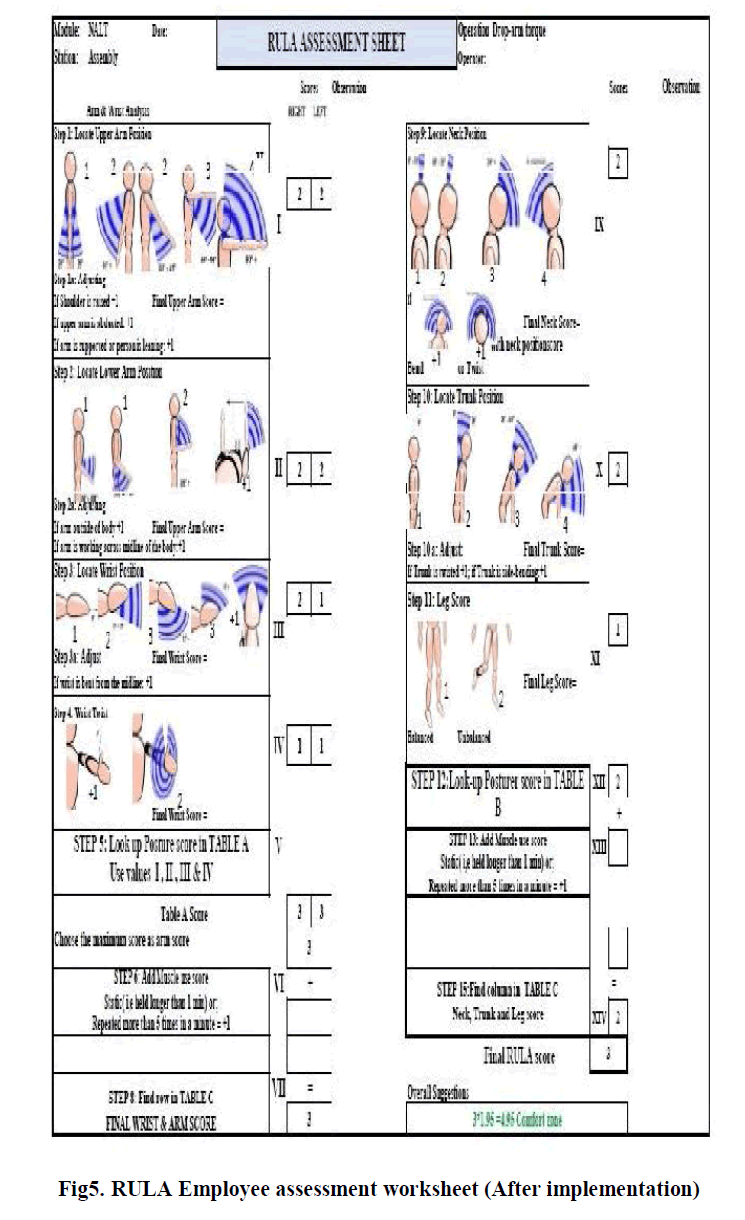 |
| Tools of choice abound although there are impediments to its deployment and they are[16] |
| • Limited bandwidth of the system which affects capacity |
| • Lack of technical knowledge on the use of such systems |
| • Cost of equipment and software that supports this service |
| • Limitations on hardware capability to meet user demands |
| • Security features of the system |
| 1. Visualization through Skype: Skpe is an interactive software tool that offers audio-visual services to its users[17][18][19]. It also supports video-conferencing facilities to its teeming users. Courses can be offered over a thousand miles to users and potential students all over the world using Skype. In 2008 a trial of this system to simulate its ability to offer effective distance learning was carried out with fifteen students from United Kingdom [17] and the outcome was impressive. |
| 2. A simple Set-up: A course instructor connects a computer to a projector. Students computer systems are connected to a series of switches which are connected to a central switch. The protocol employed in this set up is the Extended Interior Gateway Routing Protocol(EIGRP). The router is configured uses a class A, I.P address and each switches connected to the student’s computers are configured with a class C, I. P address[18][20][21]. |
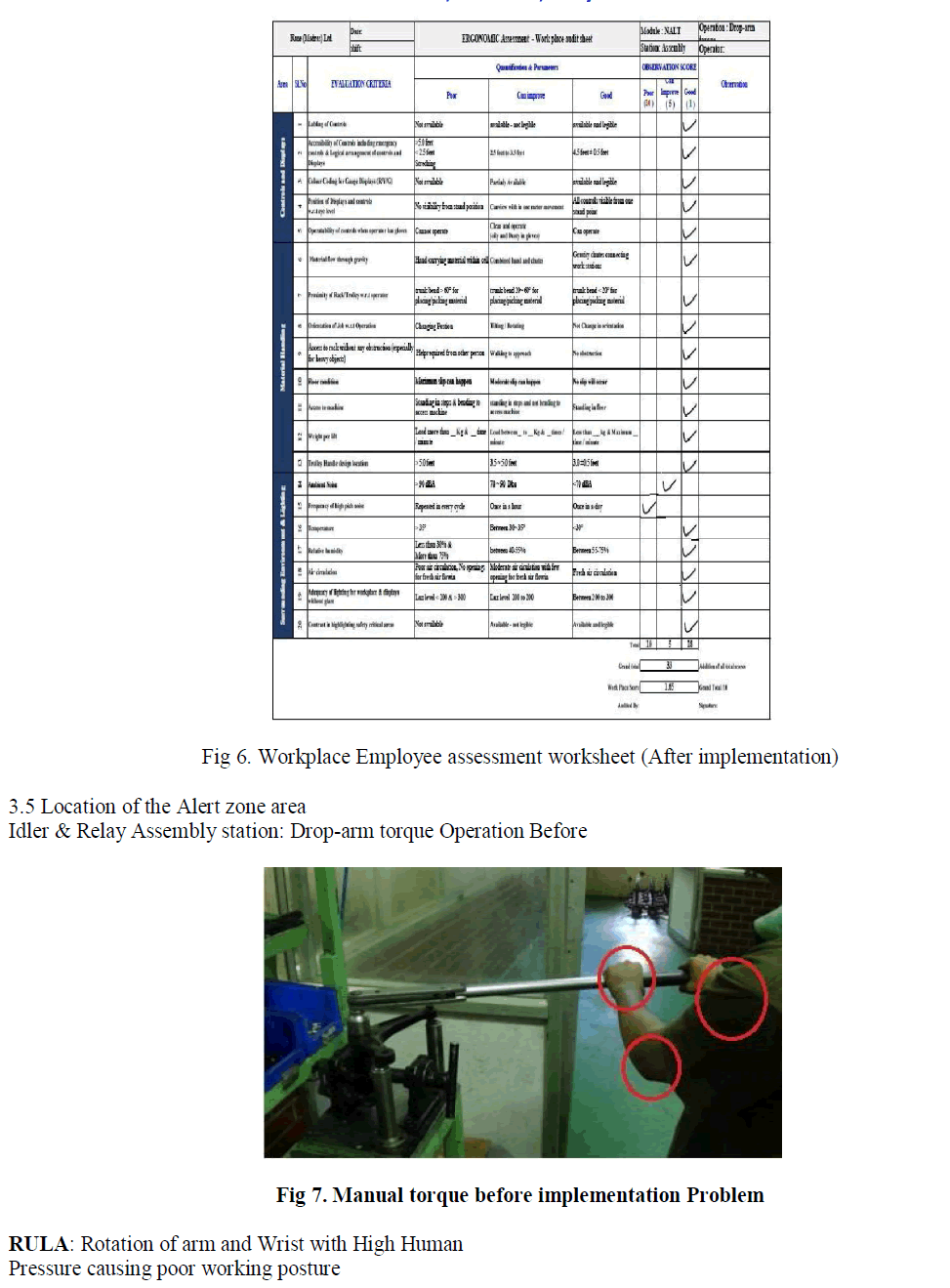 |
WIRELESS DEVICES |
| 1. Wireless Access Point: The access point is a device that connects wireless devices for communication to occur. It has an antenna. It can also serve as a wireless router[23]. It operates on Network address translation and dynamic host protocol(DHCP)[24]. |
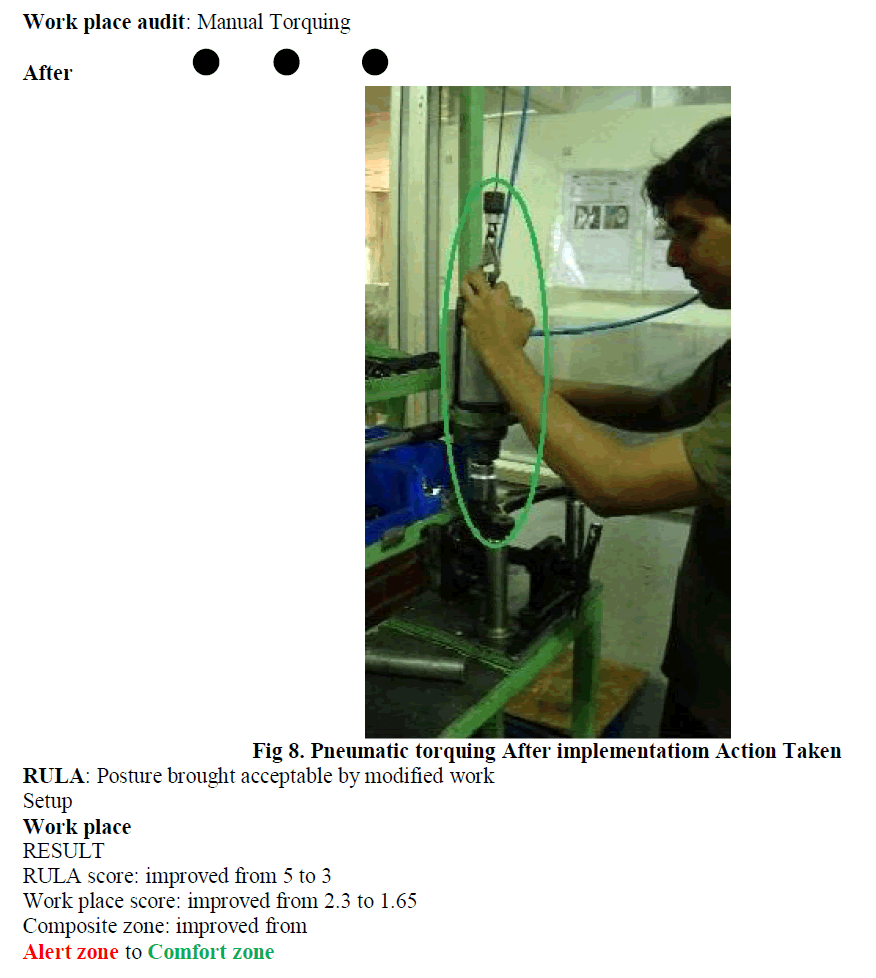 |
| 2. Wireless Network Interface Card: This interface connects wireless devices to the network [26]. It uses an antenna instead of a port for communication |
| 3. Wireless Antenna: We have Directional and Omni-directional wireless antennas. Directional antennas have a wider range of service this because of their directional properties of focus in only one direction unlike the Omnidirectional antennas[23]. |
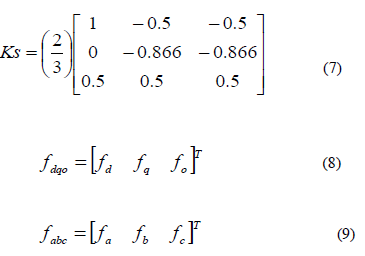 |
WIRELESS TOPOLOGIES |
| 1. Ad-Hoc network: In this network wireless devices communicate directly without the need of an access point. It is also called Independent Basic Service set(IBSS)[26] |
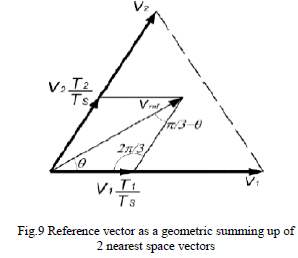 |
| 2. Basic Service Set: This is a wireless network setup with an access point which enables wireless devices to communicate [26]. |
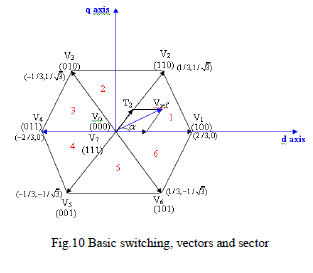 |
| 3. Extended Service Set: This is a network formed from a collection of access points that connects wireless devices into cells. The range of coverage is larger than that of Basic Service Set. Network users can move from one coverage area managed by an Access point to another [26]. |
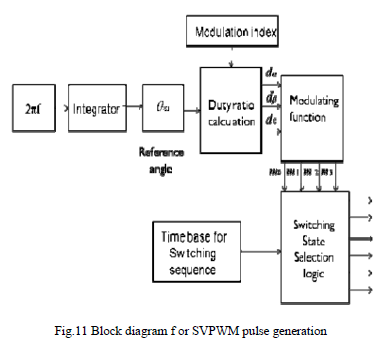 |
CONCLUSION |
| We have reviewed the concept of Network visualization and also gave its application in designing Virtual laboratories for distance learning network architectures and wireless networks. Network simulators enable us to visualize network parameters for analytical and troubleshooting purpose. We mentioned the tool of choice which is the Cisco Packet Tracer. |
References |
|